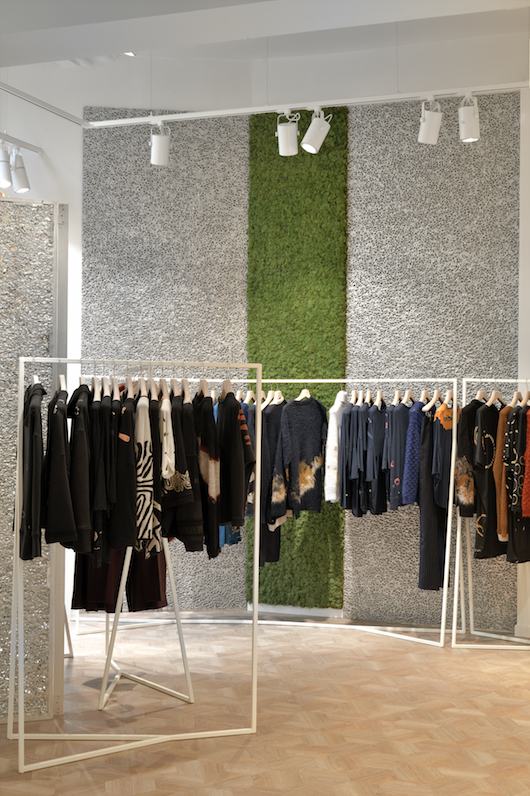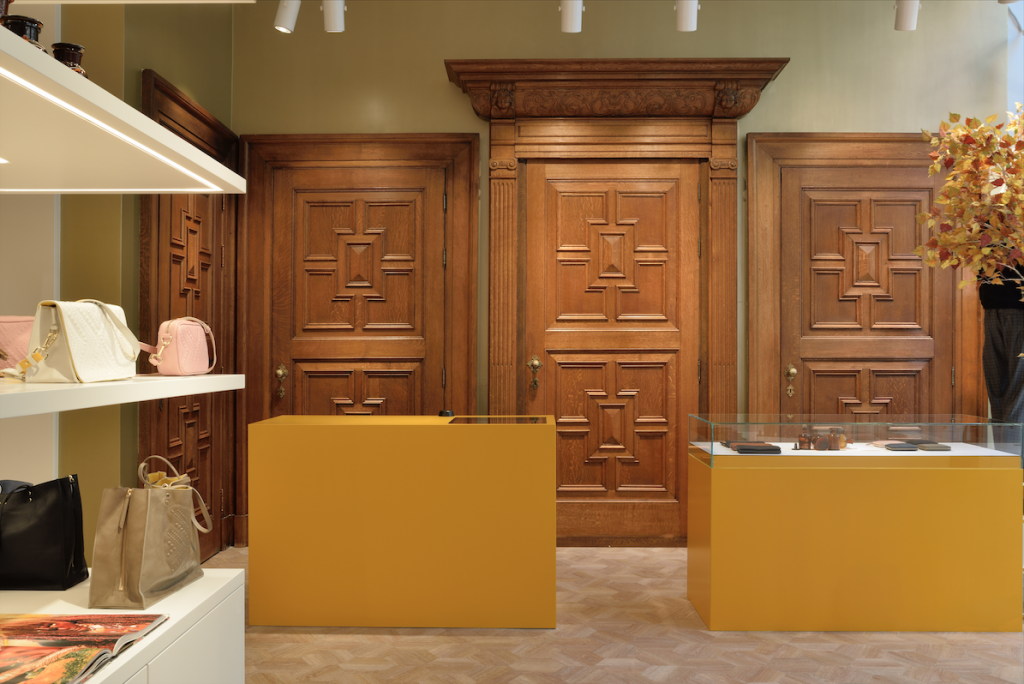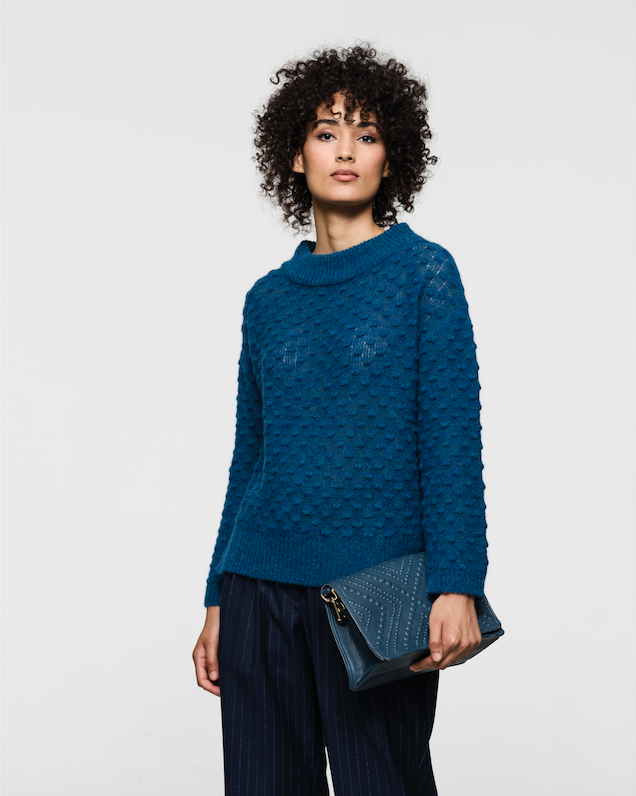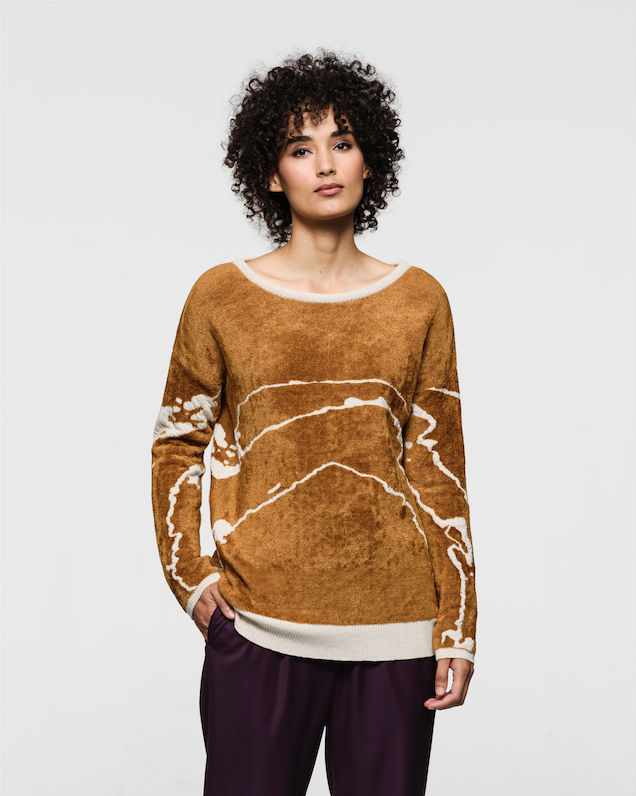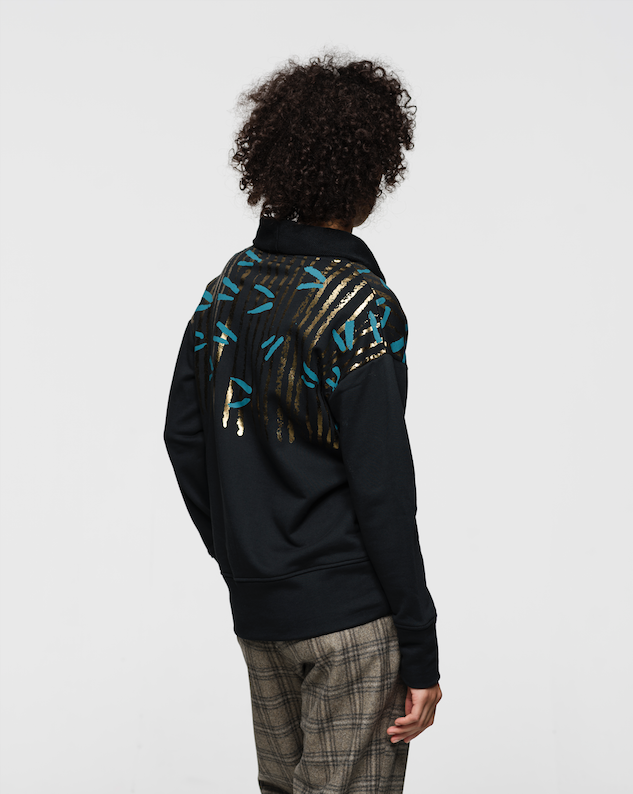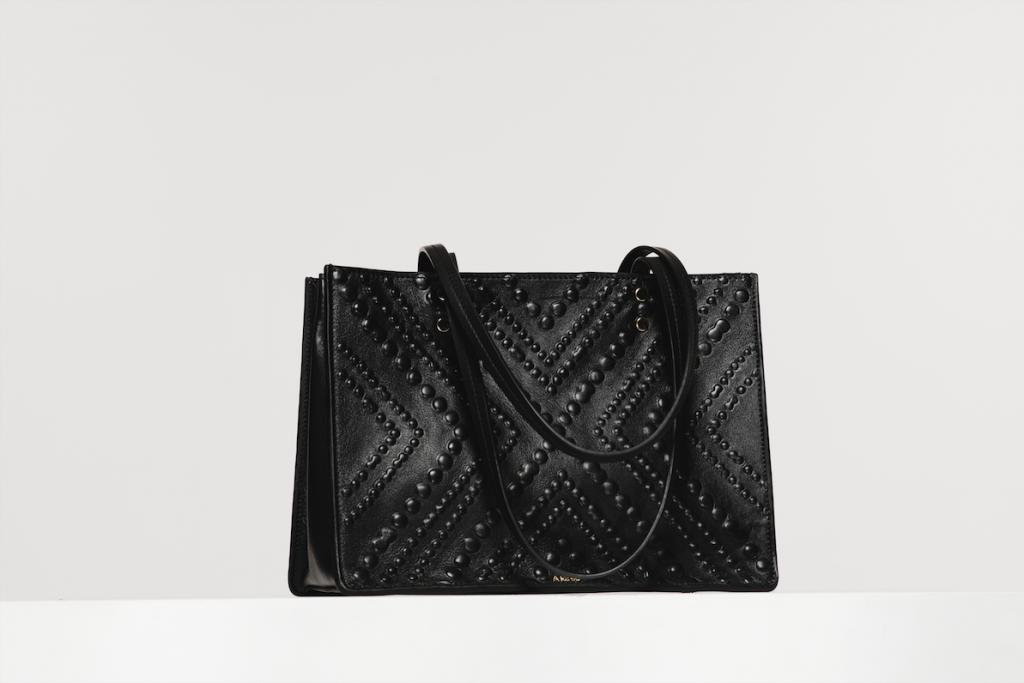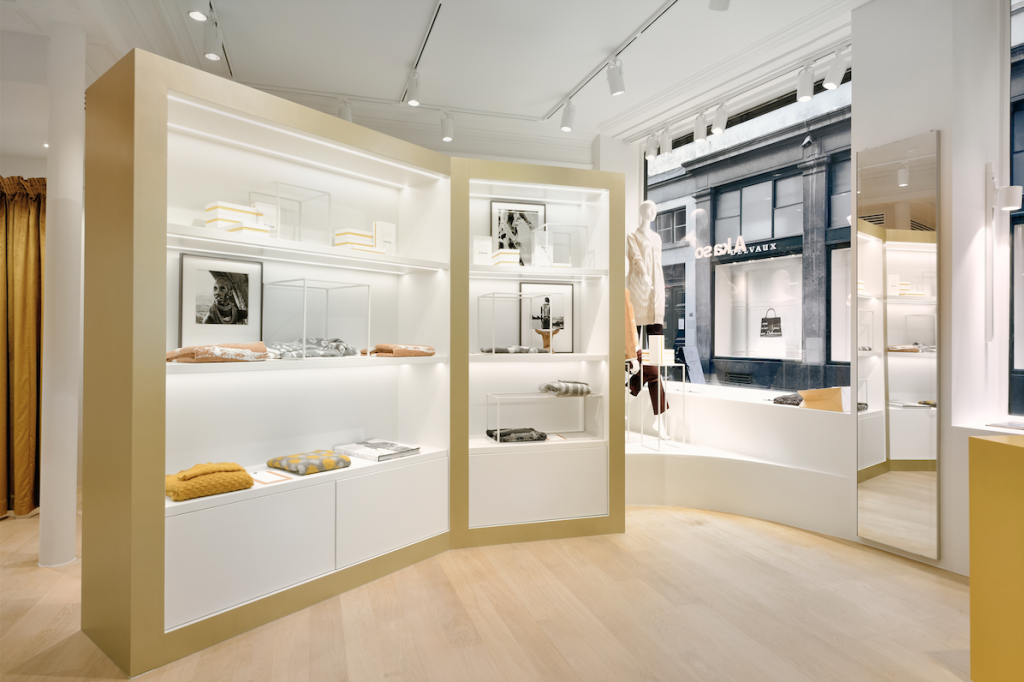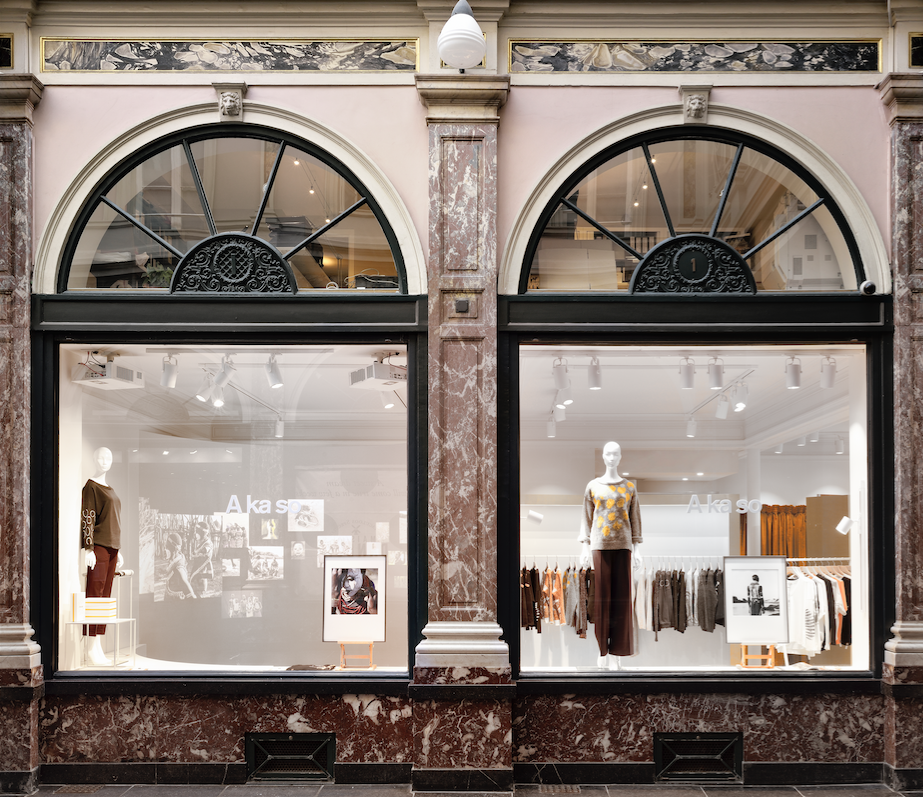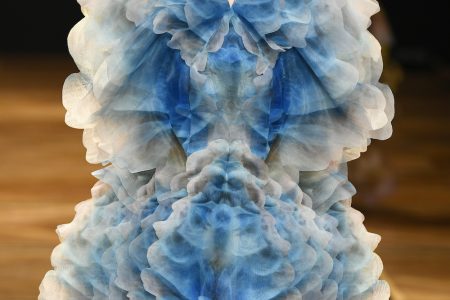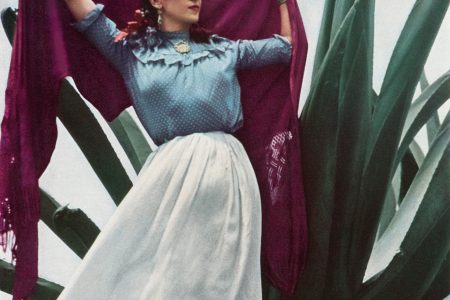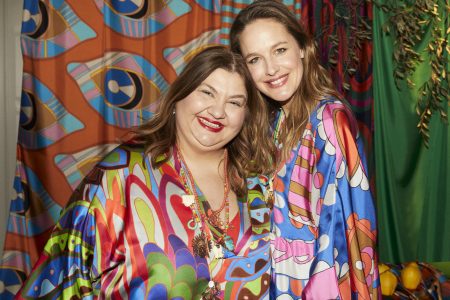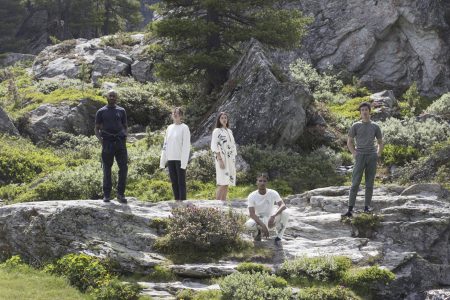Modern Nomadism According to AKaso
Philippe Vertriest, founder of the ethical clothing brand AKaso, speaks to TLmag about his African inspired collections and the business side of design
The father of two daughters born in Ethiopia, and a true art lover, Belgian Philippe Vertriest launched AKaso, an ethical clothing line inspired by Africa.
TLmag: AKaso was inspired by your encounter with a book. Tell us about it…
Philippe Vertriest: It was a book on body painting, by two photographers who travelled extensively across Africa. I was completely fascinated by these bodies transformed into canvas. The designs I discovered in these images made me think of patterns from other cultures: stripes, dots, circles… I quickly contacted the members of the Kara tribe, whose designs had especially appealed to me, to propose a slightly crazy project: collaborating on a collection that mixed their art with knit pieces in cotton and silk.
What is unique about this project?
Our team went on-site to work with six African artists who really gave us carte blanche. Initially, we used several themes: animals, but also more symbolic concepts such as love and friendship. Over time in the work sessions, the features gained intensity and abstraction.
With this type of approach, ethical practices are critical. Can you tell us about your production methods?
We wanted to create a perfect union between Africa and Europe. Thus it was logical for us to work from the start with European suppliers whose approach we endorse. The materials and production of our clothes must be in-line with the human and ethical values of the rest of our approach. For viscose – one of the most polluting fabrics in the textile sector – we work with a company that sources exclusively from European forests. Respect for the environment and for workers are amongst our priorities, but if the customers who discover our products for the first time come back for more, it’s obviously because they are convinced by the quality we offer.
In November 2017, two years after you launched the brand, you opened a boutique in the heart of Brussels, at the entrance of the King’s Gallery. How does the public view this showcase?
The people who come into the store aren’t always familiar with the brand or our story. I don’t necessarily explain each pattern to them. I prefer to let people interpret the designs depending on their own sensibilities. For those who want to know more about our approach, we have created some films that conjure up the AKaso DNA. This direct contact with people is the greatest asset of the boutique.
You are about to open a second boutique: why?
Two months after the inauguration of our Brussels boutique, I knew that I wanted to open another. We have found the perfect location in Antwerp, across from the MoMU fashion museum. Creating this type of boutique requires enormous investment, but in our case it is entirely justified. Multi-brand retailers don’t take the time to tell the story of AKaso. The loyalty-building process is also very long. I’ve had enough of waiting for buyers to decide to trust me. Creating my own boutiques allows me to be in direct contact with the customers. Our brand reaches a cosmopolitan audience from around 50 different nationalities for whom it is essential to narrate a story that plays, as I said, a major role in the buying process.
AKaso does have a lovely story, but the project must still be profitable. Is that what pushed you to launch a line of handbags?
I worked for Kipling for a long time. And the family of my Italian wife has leather workshops that work with major brands. I know this universe. I know it is profitable and essential: as long as you master the guidelines. Each prototype is extremely costly. When you create handbags, you can make mistakes, of course, but not too frequently.
In terms of both quality and functionality, you wanted the best.
Our handbag line is inspired by the scarification rites of African tribes. We entrusted the design of these thematic patterns to the Kara; I then reproduced them in graphic design form. Both the designs and the technique for printing them in relief on the leather are patented. I also wanted our bags to be well-finished (some are lined with goat velvet) and very light. They are intended for modern nomads: those women who are constantly on the move.
In addition to your Brussels flagship, you sell online. What role does the international marketplace play in your approach?
Considering the nature of the product we offer, online sales are not our priority. It’s a showcase, a way to build our reputation, but not really a way to find new customers. Regarding exports, we have just hired a sales director to boost this commercial channel. We have been working on it for two years already with an online B2B marketing plan. In September, we are organising a pop-up store, open to the public during Fashion Week, which will also be a showroom for international buyers. (Rue des Rosiers in the Marais).
Since 2016, the brand has not stopped evolving. What are your future challenges?
This summer, our women’s collection has been enriched with new models; for the winter, it will be even more comprehensive. And even before it was launched in stores, our new men’s collection was already attracting some of our customers, who reserved items. Although, as I said, leather goods are a good way to generated higher margins, I am fortunate that my ready-wear collections sell well. So I also intend to capitalise on this aspect.
